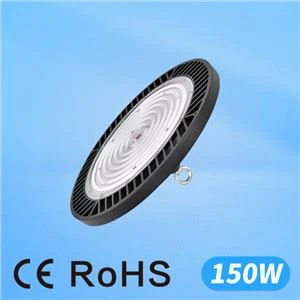Floodlights and high bay lights are both types of outdoor lighting fixtures that emit a bright and focused beam of light. While these two lighting fixtures may look similar, they have some notable differences.
Floodlights are designed to illuminate a broad area with strong, even light. They typically have a wide beam angle and are installed at a lower height than high bay lights. Floodlights are often used for security lighting, outdoor sports lighting, or to light up large outdoor spaces like parking lots and building facades.
High bay lights, on the other hand, are designed to provide focused light that is bright and uniform in a specific area. They have a narrow beam angle and are installed at a greater height than floodlights. High bay lights are often used in indoor spaces with high ceilings, such as warehouses, factories, and gyms.
One of the biggest differences between floodlights and high bay lights is their power consumption. Floodlights typically use less power than high bay lights as they are designed to light up a larger area with lower brightness levels. High bay lights, on the other hand, require higher power levels to produce the intense light needed for specific tasks.
Another key difference between these two lighting fixtures is their price. High bay lights tend to be more expensive than floodlights due to their higher power consumption, more specialized design, and enhanced durability. However, despite being more expensive, high bay lights are often considered a worthwhile investment due to their long lifespan and energy efficiency.
In summary, both floodlights and high bay lights have their unique uses and benefits. Depending on the specific lighting needs and requirements of a space, one of these fixtures may be more suitable than the other. It is important to choose the right type of lighting for your space to ensure optimal functionality, safety, and energy efficiency.






